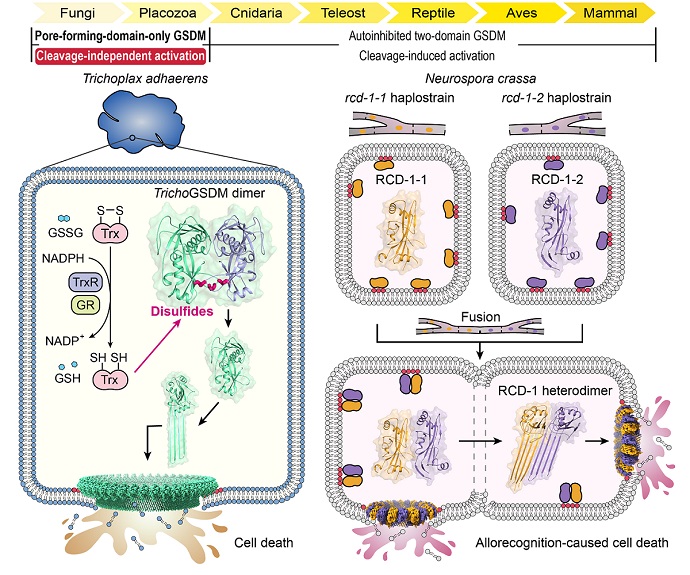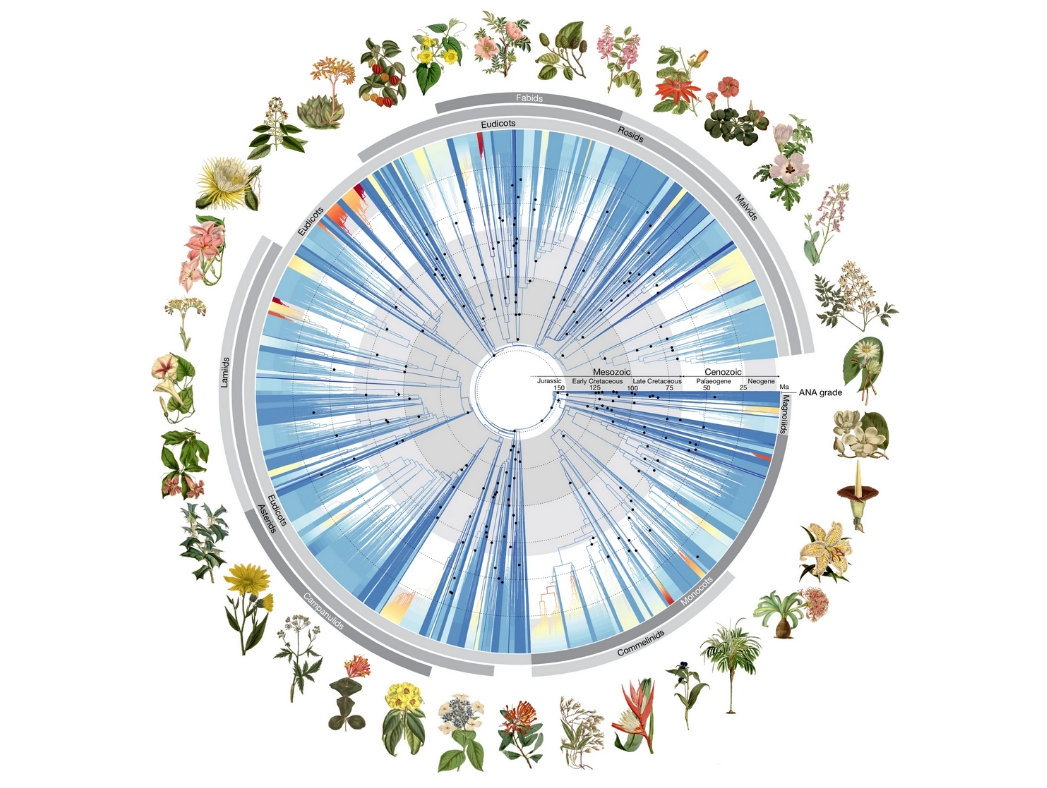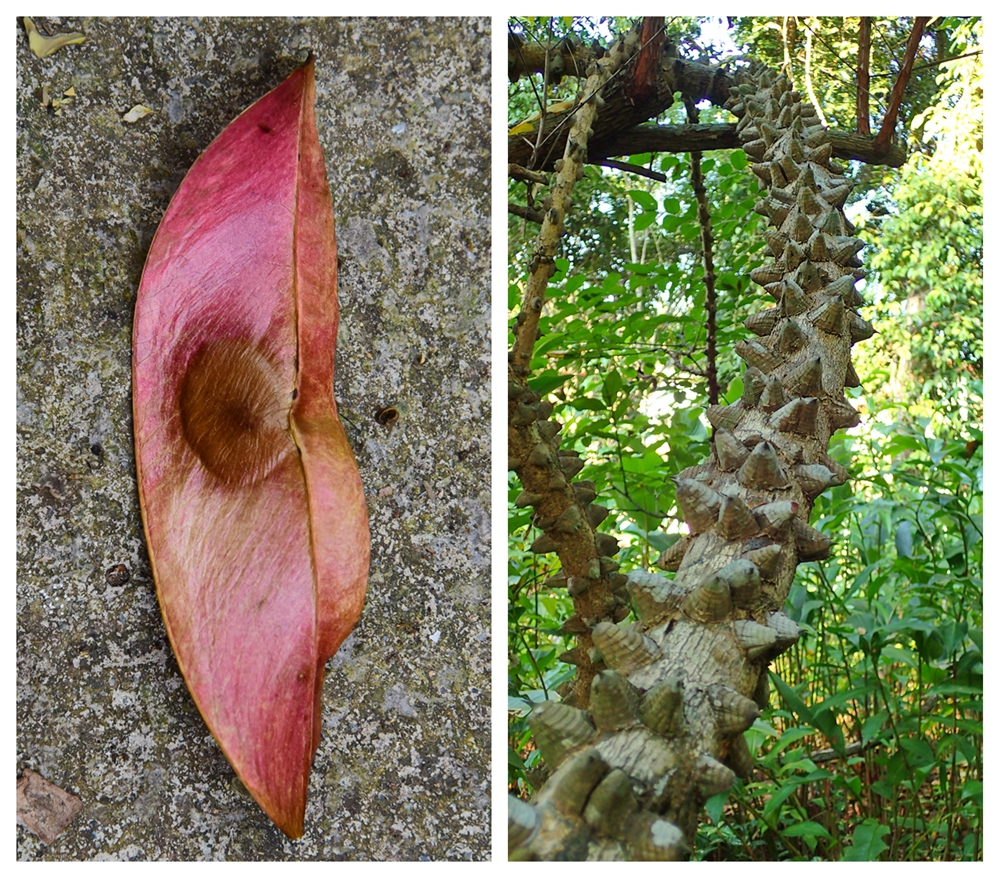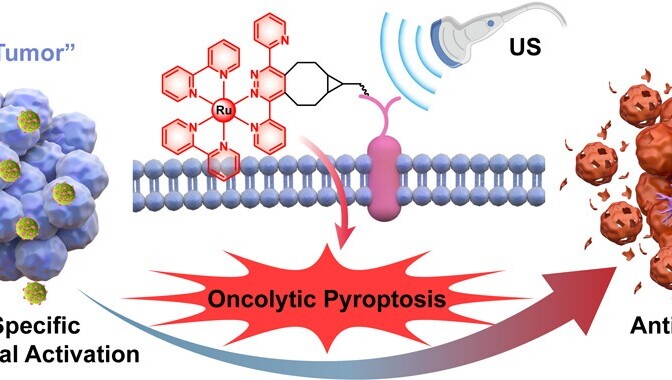

Researchers led by Prof. DING Jingjin from the Institute of Biophysics and Prof. SHAO Feng from the National Institute of Biological Sciences have revealed novel mechanisms for cleavage-independent activation of two types of GSDM proteins from lower eukaryotes.

A vast DNA tree of life brings open access DNA sequences of more than 9,500 flowering plants was recently achieved, this invaluable resource lets us answer key questions about modern plant life and look back in time to its origins.

During a field investigations in southern Yunnan, researchers from the Xishuangbanna Tropical Botanical Garden found a unique winged fruit fossil from the Lower Miocene Sanhaogou Formation of the Jinggu Basin. After careful morphological studies and comparison with extant species, the researchers confirmed it as a new Mezoneuron pod fossil, and represented the first fossil occurrence of this genus in Asia and the only one within its current distribution range.

A research team led by Prof. CAI Lintao from the Shenzhen Institute of Advanced Technology of the Chinese Academy of Sciences has developed a series of membrane-localized tetrazine-functionalized Ruthenium (II) sonosensitizers for establishing a bioorthogonal-activated in situ tumor vaccine in an efficient and safe way.
Researchers at the Wuhan Botanical Garden have developed a Transformer-based method, called scmFormer, to integrate large-scale single-cell proteomics and transcriptomics data using a multi-task transformer.
Prof. LUO Daji's group from the Institute of Hydrobiology of the Chinese Academy of Sciences, and Prof. LIU Mugen's group from Huazhong University of Science and Technology, illustrated the novel molecular mechanism linking the METTL16-mediated m6A modification to the cell cycle progression of HSPCs during early embryonic development.

86-10-68597521 (day)
86-10-68597289 (night)

52 Sanlihe Rd., Xicheng District,
Beijing, China (100864)

